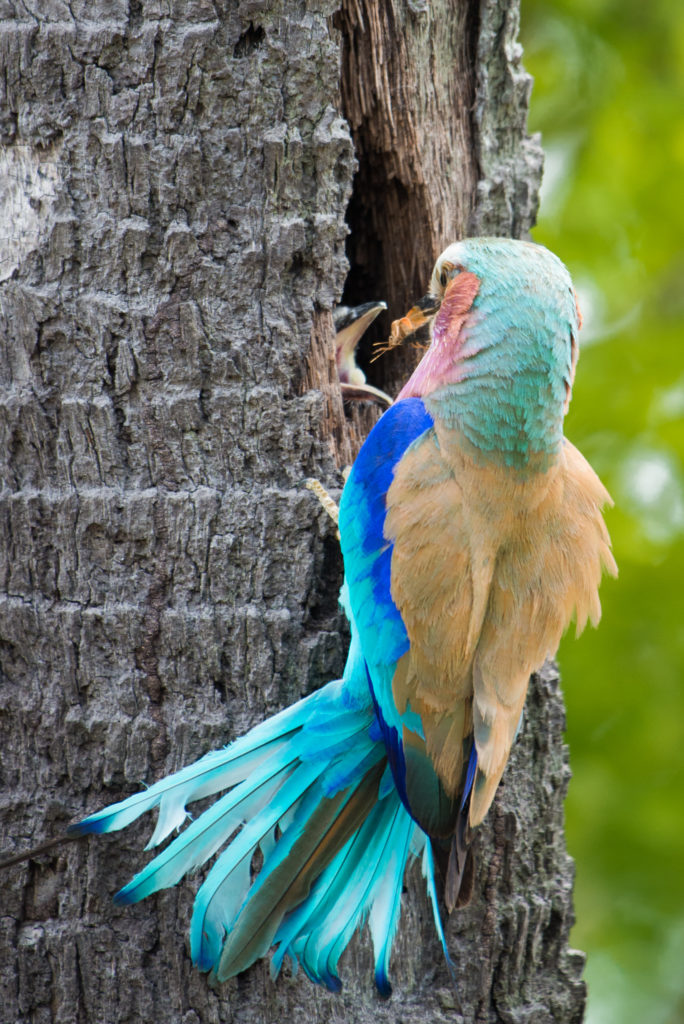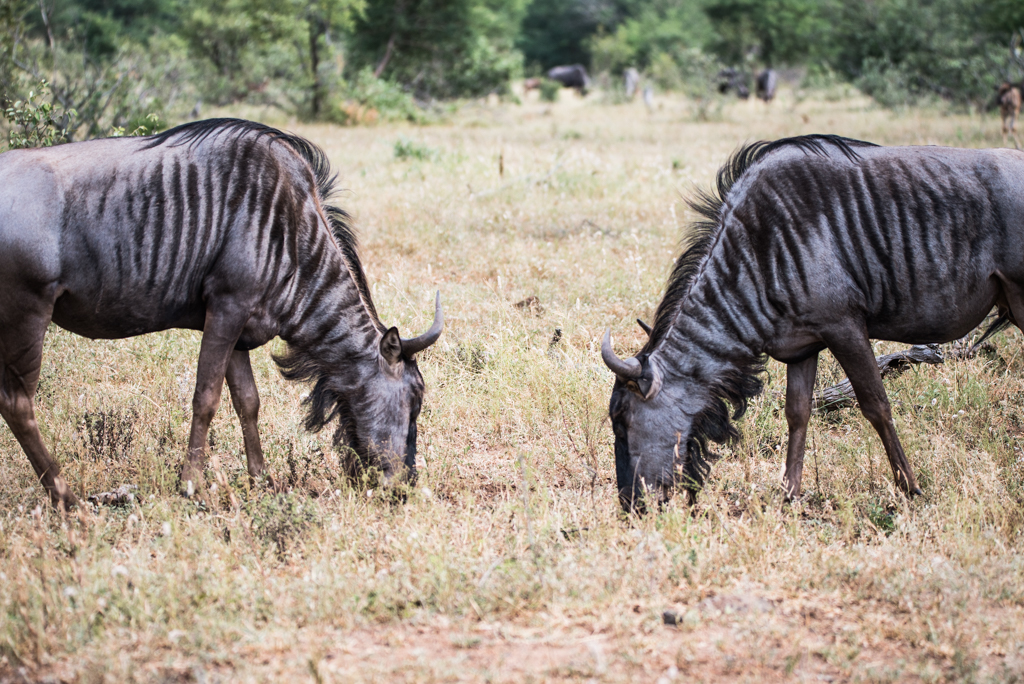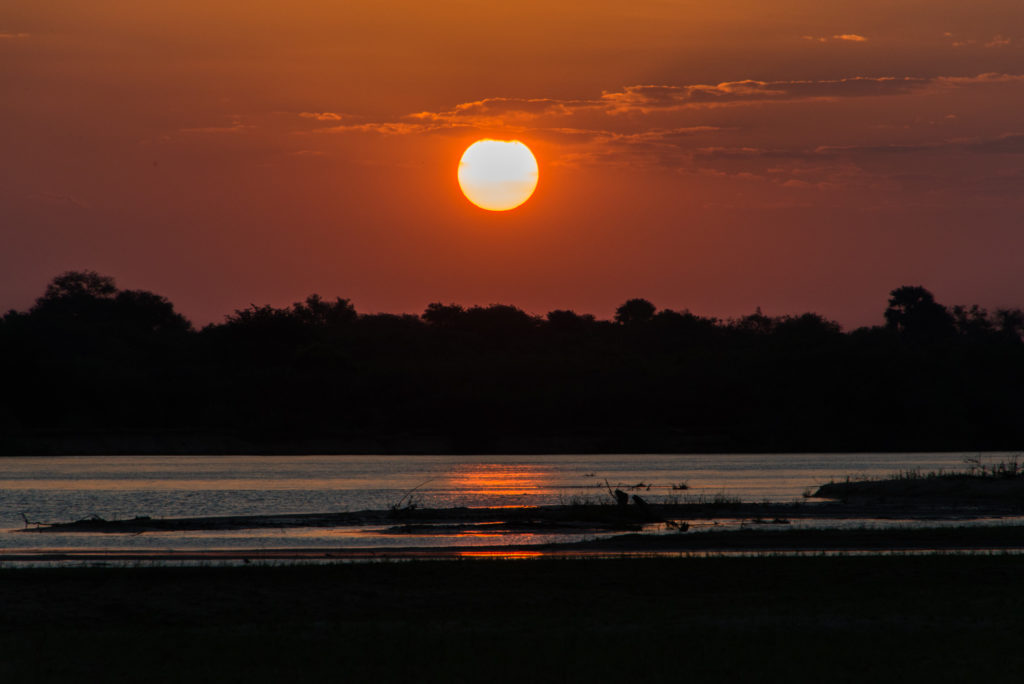
Yesterday, December 11th 2018, a contract was signed between Tanzanian President John Magufuli, nicknamed the Bulldozer, and Egypt. For more than 300 milion US Dollars, The Arab Contractor’s Egyptian Company will build a dam and hydroelectric Power Station at the basin of the Rufiji River, the so called Stiegler’s Gorge. But the actual prize will be much higher, paid by generations to come.
Stiegler’s Gorge is located within the Selous Game Reserve, a UNESCO World Heritage property and one of the only remaining wilderness areas in Africa, with – according to UNESCO – undisturbed ecological and biological processes and exceptional biodiversity. But of this little might remain, once the dam gets built.
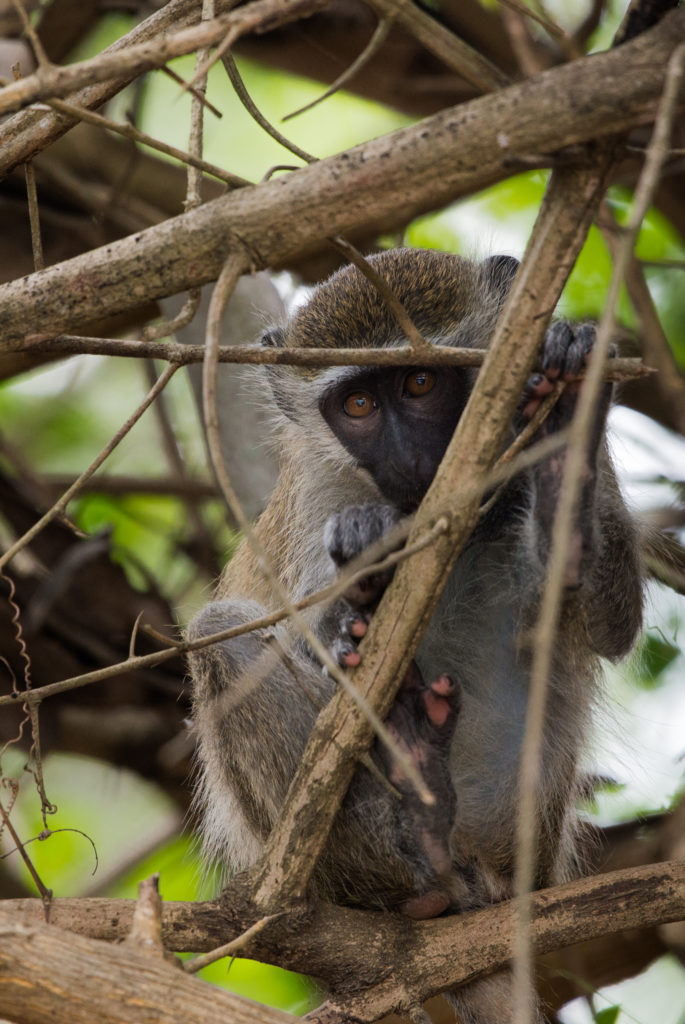
The Selous Game Reserve is indeed nothing short of breathtaking: peach colored sunsets over endless grasslands, swaying palm forests and golden savannahs, lazy, meandering sand rivers peppered with hippos and crocodiles. The Selous is teeming with wildlife; not only home to the world’s biggest populations of elephants and rhinos, it’s a place of pristine nature: where the endless cycle of life and death continues, designating a vital role to every creature, from dung beetle to lion, from whistling fish eagle to whistling tree.
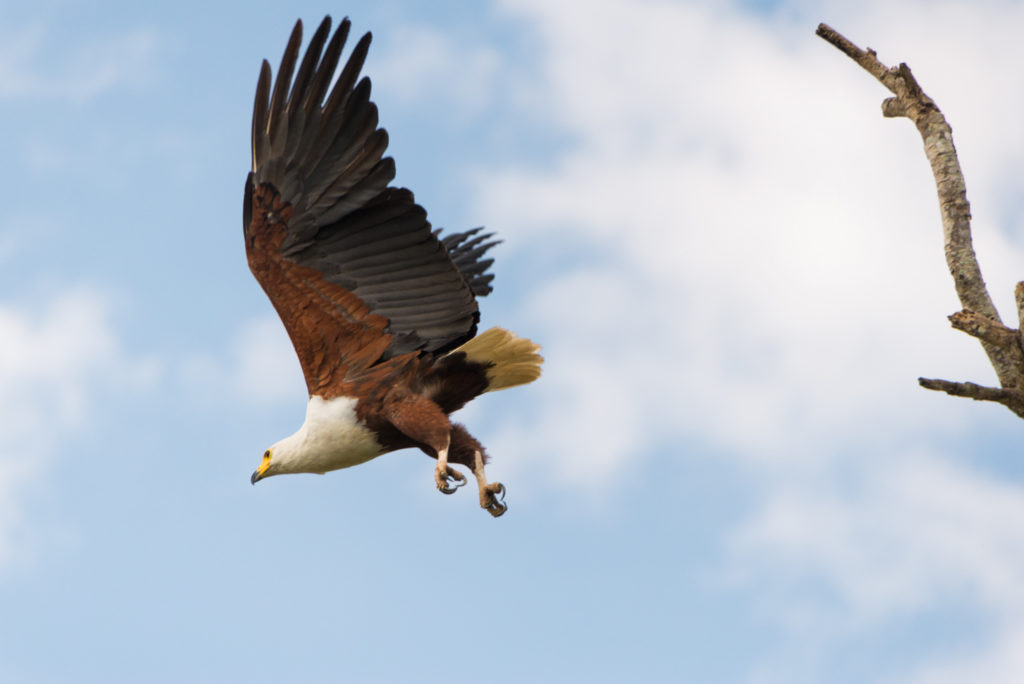
There is something magical, life-altering even about watching wildlife, in its natural habitat. To see this planet in the state it is supposed to be, which is a place of perfect balance. The lesson that nature teaches cuts deep: there is space for everybody, there is enough for everybody, and we humans, who have come to rule the world by means of technology, need to act according to a moral, and not ask for more and more, insatiably.
The area now known as Selous Game Reserve is located in South Eastern Tanzania and has known a breathtaking past. David Livingstone got lost there on his search for the source of the river Nile. And Morgan Stanley, who would later find Livingstone, barely made it through it alive. It is indeed an isolated area, remote and difficult to access because of natural barriers like rivers and mountain riffs, and biological barriers: the miombo – the local woodland – is the ideal habitat of the Tse Tse fly, which carries parasites that kill cattle and inflict the sleeping disease on humans.
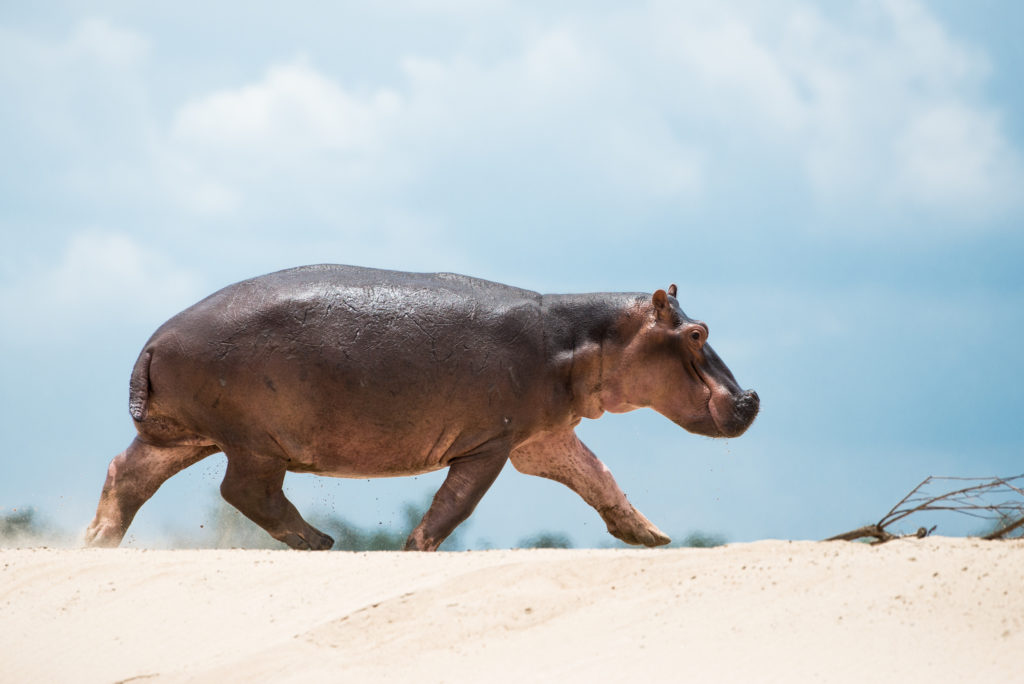
Tse Tse flies, Malaria and Elephantiasis are not the sole reason why the area is free of any human settlement. In the 19th century slave trade ravaged through the land, capturing humans and killing elephants: Slaves were forced to carry the ivory along two main corridors to the East coast, in massive convoys made up from thousands of slaves, that were cynically called Black and White Ivory. It was witnessing the inhuman living conditions of the slaves that turned Livingstone into the anti-slavery champion he is still venerated as in Tanzania. Yet, after the abolition of slavery, brutal colonialism by both England and Germany, as well as military battles between the same two European nations during WWI took care of the rest.
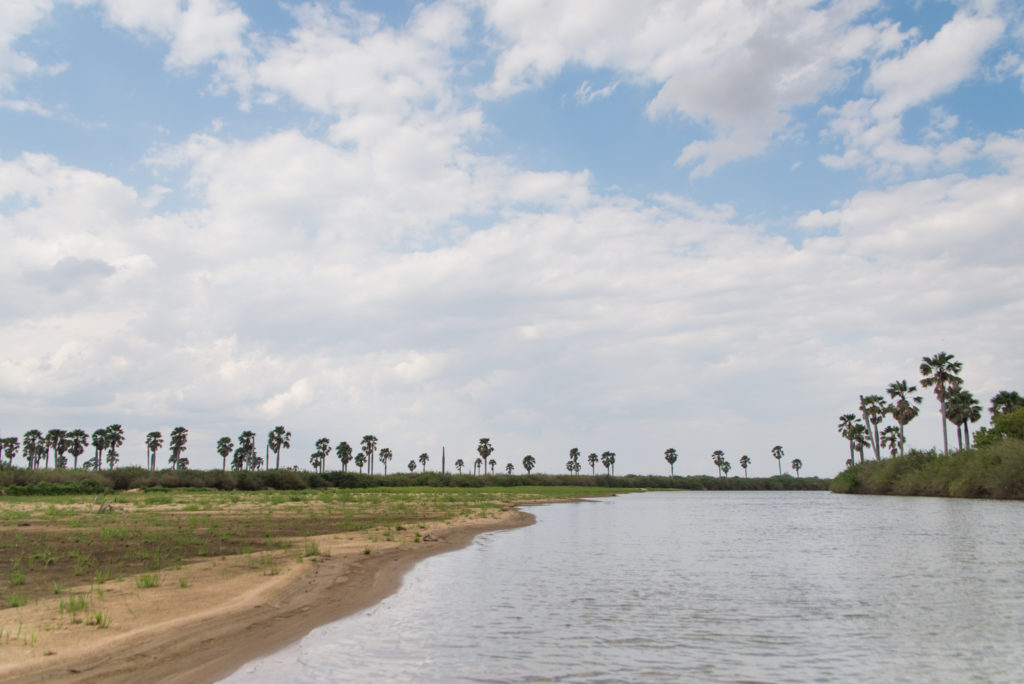
It was the German colonisateurs however who first realized that if not people, then wildlife needed to be protected in their Eastern German Africa and established the first Game Reserve. But under another name. The current name Selous – pronounced Seloo – goes back to an English daredevil, Frederique Selous, a hunter and ranger who spent his life in the wilderness of Tanzania. He is also the historic figure after whom screen hero Indiana Jones was modeled. A captain in the British Army, he fell in battle against the Germans in WWI, right there in the Selous, near the Beho Beho hills, right next to Stiegler’s gorge. His grave is still a pilgrimage site for modern day hunters, yet ignored by ecotourists for whom the Northern part of the Selous is reserved.
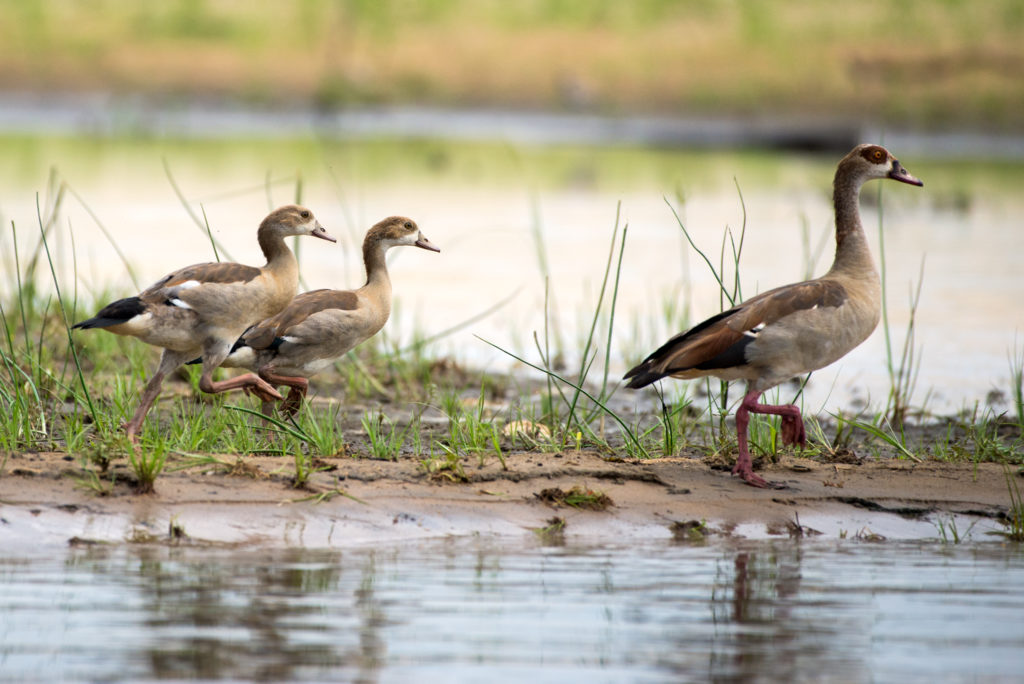
It is through a combination of eco-tourism in the North, hunting concessions in the South and a budget granted by UNESCO that the Selous Game Reserve has finally managed to prevent poaching and provide the high standards suitable for up scale safari- and ecotourism. That’s how local communities and businesses benefit from the Selous – by job creation in both wildlife protection and tourism, but also by strengthened social resilience, an important factor in a poverty ridden land like Tanzania. However, all this can soon be history once the bulldozer switches the engines on.
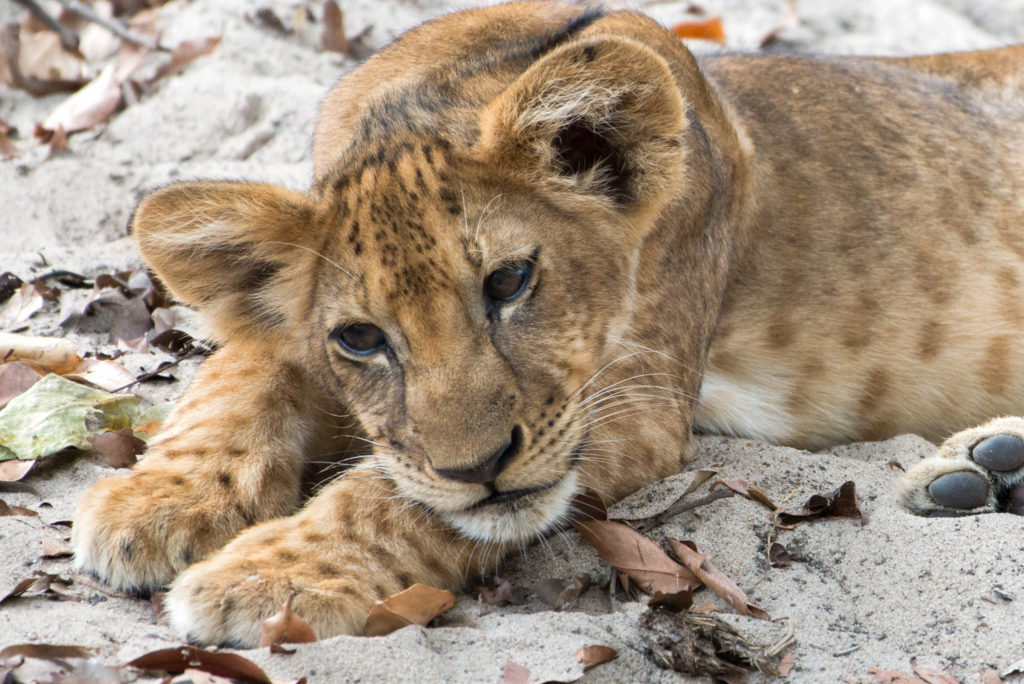
The UNESCO “…is concerned that the construction of the Stiegler’s dam is likely to have a devastating and irreversible impact on Selous’ unique ecosystem, and that it will jeopardize the potential of the site to contribute to sustainable development”.
“The survival of our wildlife is a matter of grave concern to all of us in Africa. The wild creatures amid the wild places they inhabit are not only important as a source of wonder and inspiration, but are an integral part of our natural resources and our future livelihood and well being. In accepting the trusteeship of wild life we solemnly declare that we will do everything in our power to make sure that our children’s grandchildren will be able to enjoy this rich and precious inheritance.”
Julius Nyerere, First President of Tanzania and Father of the Nation, Arusha Manifesto, 1961
